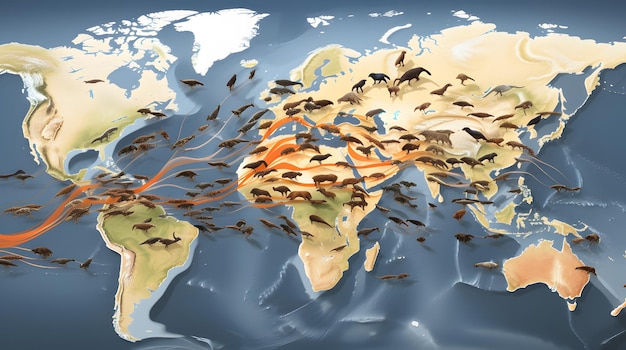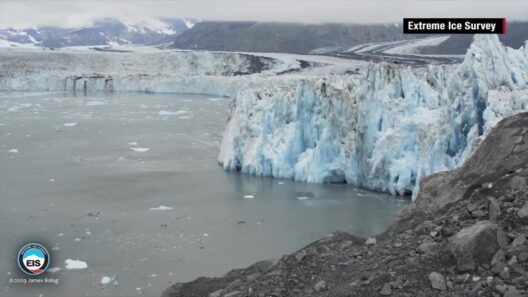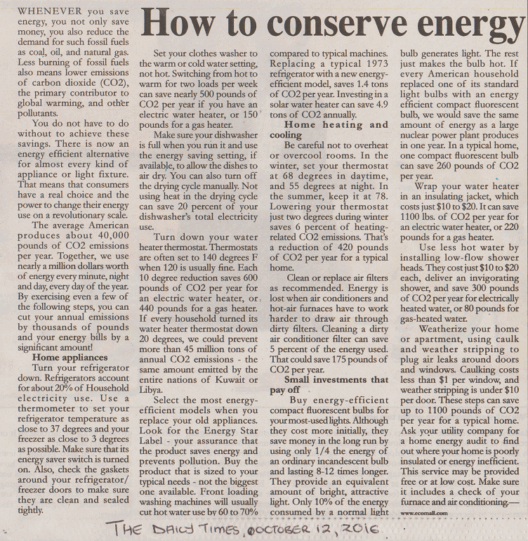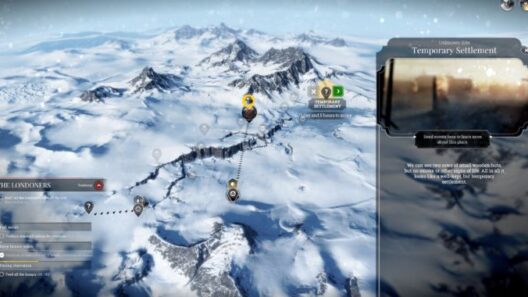The dance of life, a timeless ballet, has always been dictated by the ebb and flow of seasons. Each species, from the tiniest insects to the grandest mammals, has choreographed its movements through the ages—an intricate interplay of instinct and environmental cues. Yet, as the curtain rises on a new epoch of climate reality, these embodied rhythms are undergoing seismic shifts. The phenomenon of animal migration, once perceived as a constant, is now beset by unsettling variability. Are animals moving south because of global warming? Examining migration patterns under the lens of climate change unveils a compelling story of adaptation, survival, and resilience.
The study of migration patterns provides insight into the broader narrative of ecological change. Various species instinctively embark on migratory journeys driven primarily by climate, breeding cycles, and food availability. However, the new, increasingly warm chapter in Earth’s climatic saga has introduced perturbations. Recent reports indicate that many species, particularly those residing in temperate and polar regions, are indeed shifting their ranges southward. This migration is not merely an act of relocation; it exemplifies the foundational principles of survival in a rapidly changing world.
What underpins this southward migration? The answer lies in a tapestry woven from multiple threads: temperature fluctuations, habitat alteration, and food resource availability. Many animals, like the agile monarch butterfly, find their traditional routes interrupted by warming temperatures that inhibit the growth of the milkweed—its primary food source. As the milkweed thrives in more temperate climates now, the migratory pathways of these butterflies have shifted, illustrating the intricate web of interdependence in an ecosystem.
Furthermore, not all migrations are created equal. For example, birds, which are often considered harbingers of climate change, are exemplifying diverse shifts in migration timing. Species such as the American robin are arriving in their breeding grounds earlier than ever in response to prolonged warm spells. This phenomenon allows them to exploit burgeoning food sources, such as an early blossoming of insects. Yet, such changes can also introduce chaos into the ecosystem. If the synchronicity falters—if the insects hatch too early or too late—this misalignment can disrupt the entire food web.
The southward migration isn’t solely confined to avian varieties; it permeates through the animal kingdom. In aquatic ecosystems, fish species are also on the move. Warmer ocean temperatures have prompted shifts in breeding grounds, with species traversing southwards seeking cooler, more hospitable waters. The popular cod fishery off the coast of New England serves as a touchstone example. Historically, these fish flourished in specific regions, but as waters warmed, they have migrated further north, leaving fishers grappling with the economic ramifications of this new reality.
The phenomenon of migration necessitates a deeper exploration into the consequences of altered patterns. As animals move south seeking refuge from rising temperatures, they encounter new ecosystems, often uninvited, eliciting fierce competition with established species. This alters the ecological balance, challenging native species that may not be equipped to contend with newcomers. The introduction of non-native species can lead to erosion of local biodiversity, as competition for resources intensifies and native species struggle to adapt or survive.
Moreover, the precarious reality of migratory animals is compounded by habitat losses and fragmentation due to human activities. Urbanization, deforestation, and agricultural expansion are carving up migratory pathways, planting insurmountable barricades in these once seamless migrations. For animals dependent on vast swathes of land for their journeys, these obstructions could prove catastrophic. The Serengeti migrations of wildebeests, an iconic spectacle unfolding annually, could soon be a relic of the past if barriers persist unabated.
While moving south might signify a pursuit of survival, the greater narrative invites scrutiny into the interconnectedness of climate, ecosystems, and conservation efforts. For every species adjusting its migratory patterns, there lies an opportunity for humanity to refine its stewardship of the planet. Conservation initiatives that prioritize habitat connectivity, restoration, and sustainable practices are crucial to bolstering resilience against the impacts of climate change.
Indeed, as animals embolden their strides southward, it becomes incumbent upon societies to orchestrate a responsive symphony of conservation. Efforts to establish wildlife corridors, mitigate climate effects, and support biodiversity can bridge the gaps that fragmentation has wrought. In fostering a culture of environmental harmony, we cultivate the very essence of resilience within our ecosystems.
As we reflect on the forces steering these animals southward, we must reckon with the pathways forged by climate change. The movement of wildlife serves as a somber reminder of the precariousness of habitats and the delicate balance within ecosystems. Yet, it also illuminates the potential for human diligence. In echoing these migration patterns, we may yet find a way to harmonize our activities with the rhythms of nature, ensuring that the dance of life continues unimpeded through turbulent atmospheres.








